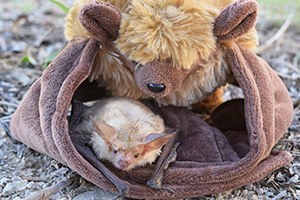Plant Fact Sheet: Desert Marigold |
Identifying Features The desert marigold (Baileya multiradiata) is a member of the Asteraceae family. The members of this family are characterized by individual florets arranged in dense heads making the floret group look like one single flower. On the marigold the clusters form a head 2 inches in diameter and are bright yellow in color.
The leaves are green with silver-white hairs, lobed, and grow very low on the thick stems. |
 |
Habitat These plants can be found growing on sandy or gravelly soils of roadsides, plains, washes, mesas, and pinyon-juniper communities. |
Range Desert marigolds can be found
across southern Arizona, southern Nevada and southwestern Utah, south into Sonora Mexico, and through the Chihuahuan Desert to Texas. |
Life Span Desert marigolds are considered perennial plants and therefore live for more than two growing seasons. |
Size They can grow to be 1-2 feet tall and 2 feet across.
|
Quick Facts
|
 ©Copyright 2008, Arizona-Sonora Desert Museum
©Copyright 2008, Arizona-Sonora Desert Museum










